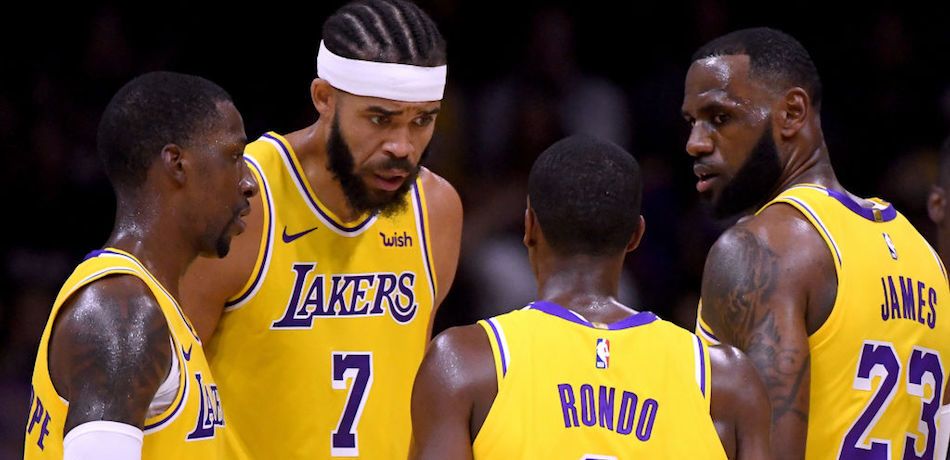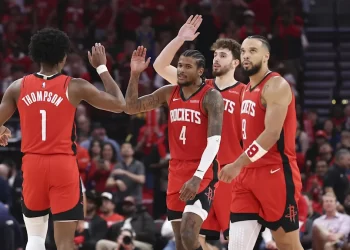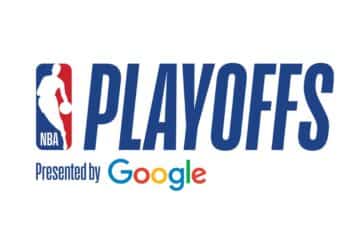There was a seismic shift that occurred in the NBA this off-season out in Los Angeles, one that could change the landscape of this season and for years to come, and it comes in the form of LeBron James.
The Lakers had been absent from the grand stage of the NBA for the past five seasons, sans Kobe Bryant’s swan song at the end of his 20th and final season in the league with the conclusion of the 2015-2016 campaign. During those dark-age years, they’ve collected an array of young players to rebuild the foundation through the draft, something the Lakers have hit on in the past with iconic players such as Jerry West, Magic Johnson and Kobe Bryant leading the Purple and Gold to 11 different championship celebrations down Figueroa Street. This past season, these baby Lakers showed the world glimpses of a revival to previous young, up-and-coming teams that were exciting to watch (see the early 1990s Lakers post Magic & Kareem/pre-Shaq & Kobe eras), but just didn’t know how to win yet.
But to complement young draft picks, a team must have the ability to acquire players through trade and free agency to take a franchise to the next level. And the Lakers wouldn’t be Hollywood without the drama, mystique and pizzazz that comes with attracting the biggest names in the game.
After striking out with high-impact players over the past several summers, the Lakers finally landed the one and only LeBron James with an incredible four-year, $153 million deal, with a player option for the fourth season of 2021-2022. Now that they locked up the best player in the world (albeit turning 34 at the end of the year), the expectations are back in the atmosphere of other marquee acquisitions that came through the doors of the Forum and Staples Center over the decades:
1968: acquired Wilt Chamberlain; four NBA Finals appearances, one Championship (1972), four-time NBA All-Star (1969, 1971–1973) in five seasons (1968-1973)
1975: acquired Kareem Abdul-Jabbar; eight NBA Finals appearances, five Championships (1980, 1982, 1985, 1987, 1988), 3 MVP’s (1976, 1977, 1980), NBA Finals MVP (1985), 13x All-Star (1976-1977, 1979-1989), six-time All-NBA 1st Team (1976-1977, 1980-1981, 1984, 1986) in 14 seasons (1975-1989)
1996: acquired Shaquille O’Neal; four NBA Finals appearances (2000-2002, 2004), three Championships (2000-2002), three-time NBA Finals MVP (2000-2002), one MVP (2000), seven-time NBA All-Star (1997–1998, 2000–2004), two-time NBA All-Star Game MVP (2000, 2004), six-time All-NBA First Team (1998, 2000–2004) in eight seasons (1996-2004)
2008: acquired Pau Gasol; three NBA Finals appearances (2008-2010), two Championships (2009-2010), three-time All-Star (2009-2011) in 6.5 seasons (2008-2014)
If LeBron James wants to cement his legacy in Lakers lore, he’ll have to put up similar numbers in comparison to those four legendary trade and free agent transactions. But great players always find a way of being attracted to the bright lights of LA, and with the chance to win an MVP with a third team (which has never been done in the history of the NBA), become the all-time leading scorer (7,349 points away from Kareem) and bring the 17th NBA Championship to the Lakers while donning the Purple and Gold, I think it’s safe to say that this could be the ultimate swan song to arguably the greatest individual career ever.
But let’s now shift to this 2018-2019 Laker squad as a team. Not wasting any time after the LeBron James signing, the front office of Magic Johnson and Rob Pelinka acquired a lovable cast of misfits with Rajon Rondo, Lance Stephenson, Javale McGee and Michael Beasley to the young players in Lonzo Ball, Josh Hart, Kyle Kuzma and Brandon Ingram. The former group has been deemed as precarious and perhaps unusual additions to this team, but Magic has urged to the media that this team, with an interesting mix of veterans and young players, will surprise the doubters.
We got to see this team in action last night for the first time in one of the most hyped preseason games in recent memory. Although James only logged 15 minutes to the stat line of nine points, three rebounds and three assists, there were flashes of the old Showtime teams with nearly position-less, smaller, versatile lineups that included Rondo, Caldwell-Pope, James, Ingram and Kuzma all playing on the floor at the same time, whipping dimes across the court, throwing alley-oops and intercepting passing lanes like the good-ole-days.
Coach Luke Walton reiterated that these games are still important in many ways despite the fact of a meaningless 124-107 loss to the Denver Nuggets on the eve of October. The presence of James’ magnitude raises the culture in so many ways, from granular workout and practice habits to calling the game-winning play at the end of a critical late-season or playoff contest. And the simple fact that these young players get to work alongside one of the greatest players to ever lace ’em up every single day, speaks volumes beyond anything inside a box score.
Everything has a piece. And although there will be growing pains and early season struggles as the Lakers find their go-to lineups and rotations, it all adds up at the end of the day. With a player that has been to been to eight straight NBA Finals, he knows better than anyone else on fitting the pieces and forming the jigsaw puzzle of a championship team.
The NBA never sleeps anymore. And now the Lakers light is back on every night.
Stay tuned, everyone.


 NFL
NFL




